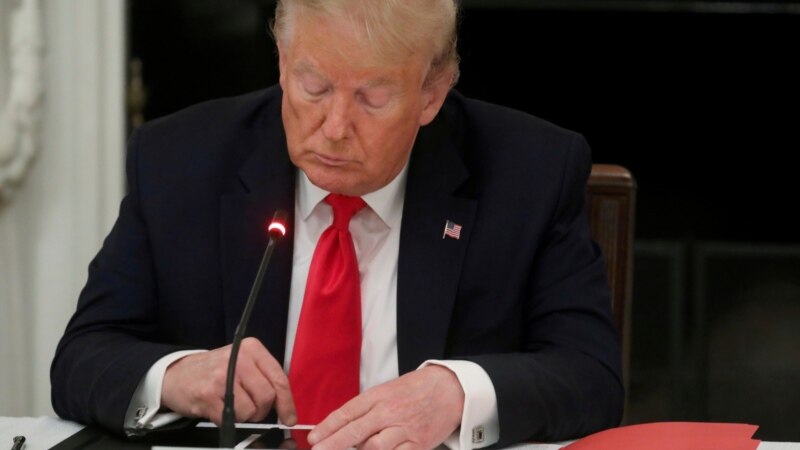
Technology 2021: ‘Facebook Papers,’ New Robots and Rise of NFTs
The past year’s top technology news included stories about the release of secret Facebook documents, developments in robotics and the rise of NFTs. Here is a look back at some of those stories.
‘Facebook Papers’
In October, a former Facebook employee accused the company of ignoring its own research findings. A Facebook investigation had found that its products and policies can harm users. The former data scientist, Frances Haugen, based her accusations on secret Facebook documents she provided to media organizations and the U.S. Congress.
The documents became known as “The Facebook Papers.” Haugen said the documents showed Facebook can amplify hate and misinformation and fuel political divisions. The documents also suggested the company was aware that its Instagram service could harm the mental health of girls and young women.
Haugen said Facebook had been dishonest in public declarations about its efforts to fight hate speech and misinformation. The company denied it had purposefully pushed content “that makes people angry for profit.” Facebook also denied that it ignored research on the possible effects of its products.
Robotics progress
A video of dancing robots that went viral in early 2021 demonstrated the human-like abilities of the machines. Three robots, produced by American technology company Boston Dynamics, took part in the full dance performance.
The chairman of Boston Dynamics, Marc Raibert, admitted the video was fun to watch. But he said the real success behind the experiment was the valuable lessons the project taught his team.
Boston Dynamics introduced another robot, called Stretch, which was designed for only one job - to move containers in large storage buildings. The company said the robot can move about 800 containers, weighing up to 23 kilograms each, in one hour.
In Hawaii, another Boston Dynamics robot was deployed by police to find people with high body temperatures in a homeless shelter in the capital, Honolulu. The effort was aimed at identifying homeless individuals who might be infected with the coronavirus that causes COVID-19.
In September, Italian researchers reported results from an experiment that examined how a robot’s eyes can make the machines better connect with humans. They said the experiment showed that looks from a robot can trick people into thinking they are socially interacting with a human. They noted that the experience can affect a person’s decision-making process and change how humans react to robots.
Hong Kong-based Hanson Robotics announced plans to mass produce thousands of human-like robots, called humanoids. The company said the coronavirus pandemic had increased demand for robots designed to assist and interact with humans.
Rise of NFTs
One robot designed by Hanson, called Sophia, helped create a new form of artwork, called an NFT, or non-fungible token. This kind of digital art gained popularity in 2021.
An NFT is based on blockchain technology, which is also used with digital money. An NFT can be attached to a piece of digital artwork or other things in digital form. It can be used to provide proof that the pieces are real. While anyone can view the work, the buyer has official ownership rights over the pieces.
In March, American artist Beeple sold an NFT for nearly $70 million through Christie's Auction and Private Sales. It was the first sale by a major auction house of art that did not exist in physical form.
Even the man credited with inventing the World Wide Web, Tim Berners-Lee, decided to sell an NFT that included computer code he used to create the beginnings of the internet.
The NFT included 9,555 lines of code Berners-Lee used to start the World Wide Web. It also contained an animation of the code being written and a letter he wrote describing his thoughts on the code and his process for creating it. The NFT sold for $5.4 million.
I’m Bryan Lynn.
Bryan Lynn wrote this story for VOA Learning English. Caty Weaver was the editor.
We want to hear from you. Write to us in the Comments section, and visit our Facebook page.
Words in This Story
amplify – v. to make a feeling or opinion stronger or clearer
blockchain – n. a system used to make a digital record of all cryptocurrency activity
auction – n. a public sale at which things are sold to the people who offer to pay the most
code – n. written instructions for a computer
animation – n. a way of making a video or movie by using a series of drawings, computer graphics, or photographs of objects
Share this article:
This article uses material from the VOA Learning English article, and is in public domain. Images and videos are available under their respective licenses.


